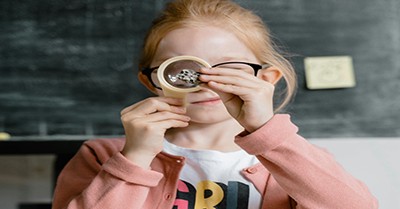Each year on November 10, World Science Day for Peace and Development invites us to reflect on the role of science in building a more inclusive, peaceful, and sustainable world. In early childhood settings, this global observance becomes a beautiful opportunity to nurture curiosity, empathy, and collaborative inquiry.
Science isn’t just about facts and formulas; it’s about asking questions, exploring together, and caring for our shared world. When children mix colours, observe insects, or build bridges from blocks, they’re not just learning, they’re connecting. They’re discovering that knowledge can be used to help, heal, and harmonise.
In culturally diverse settings, science becomes a bridge across traditions. It allows children to explore natural phenomena through symbolic play, storytelling, and sensory experiences that honor their backgrounds and voices.
Playful, Peaceful Science Activities
Here are some ways to celebrate World Science Day with young children:
-
Peace Potions Lab: Children mix baking soda, vinegar, and colored water to create “potions” that represent kindness, sharing, and listening. Each potion can be labeled with a voice bubble card expressing its emotional power.
-
Rainbow Reactions: Explore colour mixing and chemical reactions with safe ingredients. Use this to spark conversations about diversity, unity, and beauty in difference.
-
Nature Detectives: Go on a sensory walk with magnifying glasses. Encourage children to observe textures, patterns, and tiny life forms. Frame it as “learning from nature to care for it.”
-
Storytime: Read books about inventors, animals that cooperate, or natural wonders. Invite children to draw their own “peaceful invention” or “helpful machine.”
-
Symbolic Science Stations: Set up themed areas with multicultural motifs, for example, rangoli patterns for symmetry, dot art for pattern recognition, or fusion snack chemistry stations that blend nutrition and culture.
Further Reading
Easy Science Experiments For Toddlers and Preschoolers
Exploring Science In Early Childhood
20 Super Simple Science Experiments For Toddlers
30 Preschool Science Activities Aligned With EYLF
Introducing Science To Babies
International Day of Women and Girls in Science Activities
Science Experiments
World Science Day reminds us that science is not separate from emotion, culture, or ethics; it’s deeply intertwined. In early childhood, we have the privilege of shaping how children see science: not as cold or distant, but as a warm, collaborative journey toward understanding and harmony.
